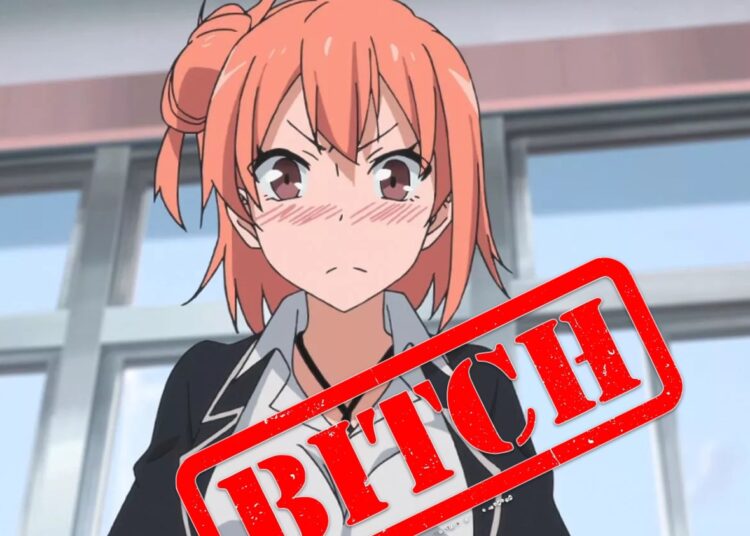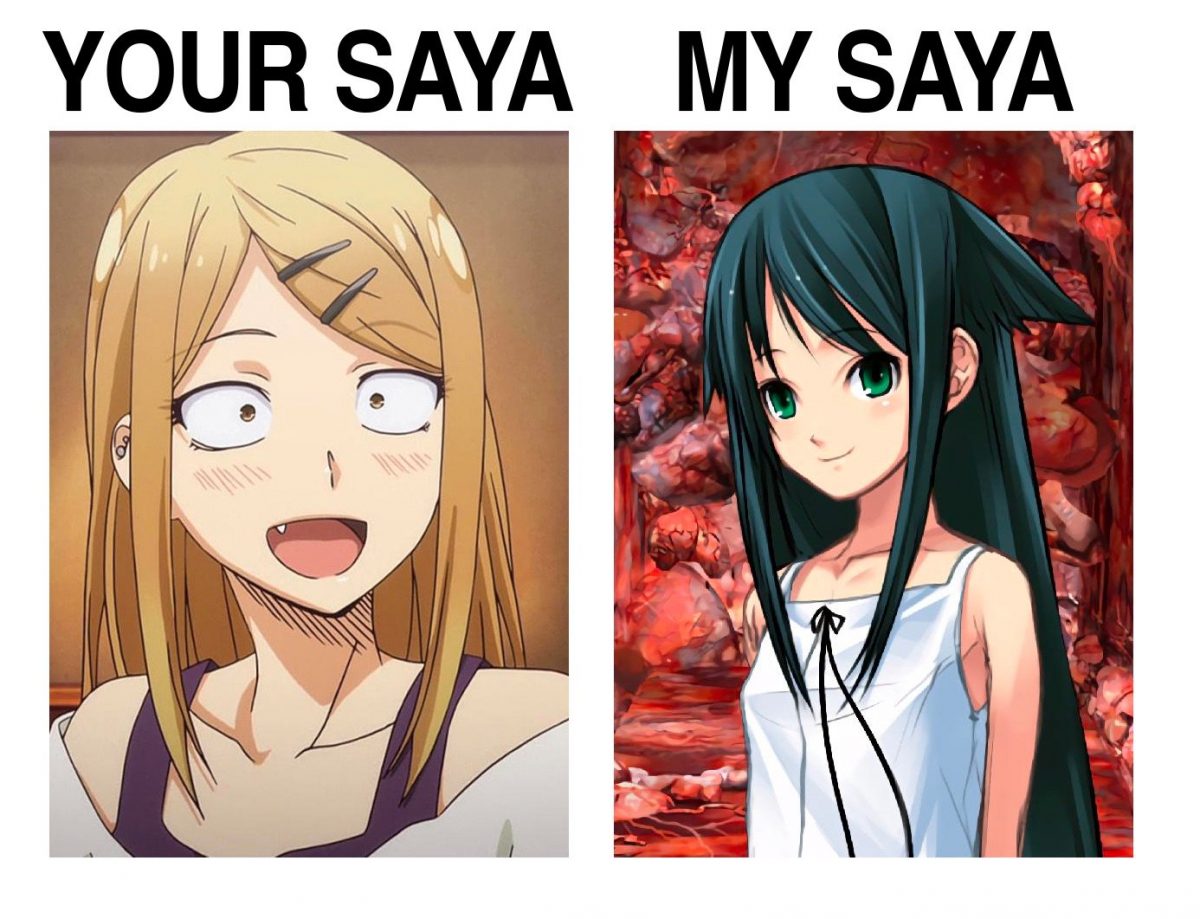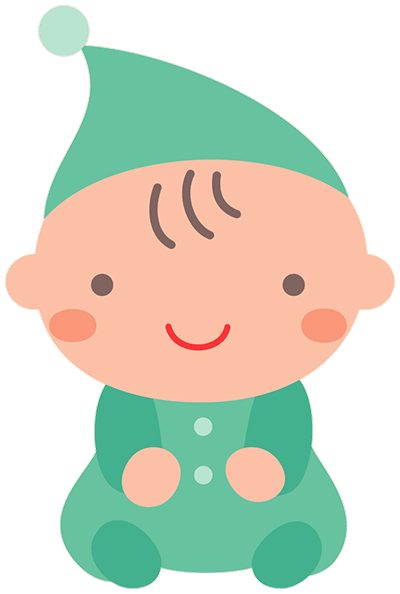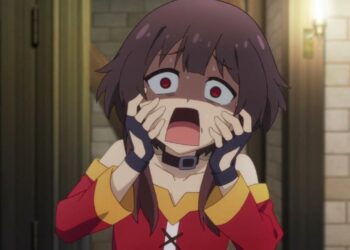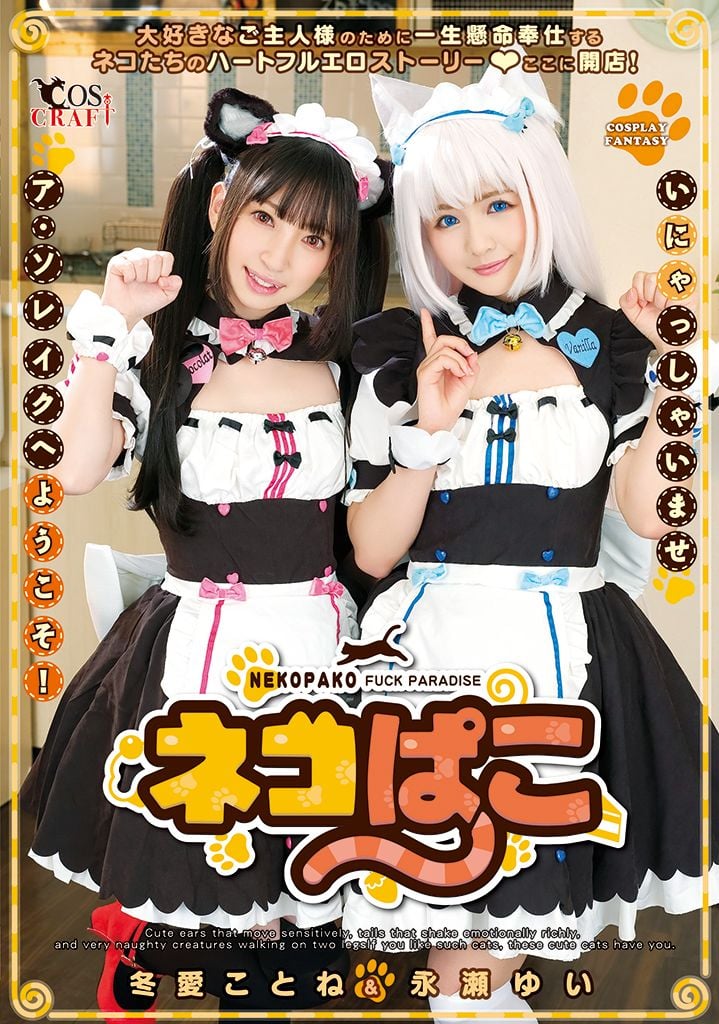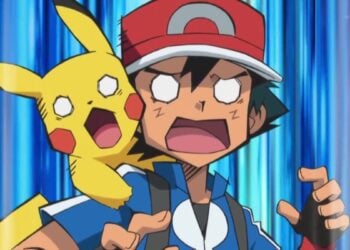Japanese names are generally written in kanji, the Chinese characters introduced to Japan around the 6th century A.D. Family names, which are written before given names rendering the terms “first name” and “last name” fairless useless here, usually contain two kanji characters; as with English last names such as Smith, Japanese family names like Tanaka (“in the rice field”), Yamada (“the rice field on the mountain”) and Ishii (“the stone well”) seem to indicate humble origins, despite the insistence by every Japanese that their ancestors were samurai warriors. Until January of this year, women had been required to take their husband’s family name when they got married, but the law was recently changed to allow for married couples with differing family names. When it comes to deciding on a name for a new baby, there are many choices available to parents: even for a simple name like Yuko, there are a half-dozen or so common kanji to choose from, or they can opt for no kanji at all, writing the name instead in hiragana for stylistic reasons. Because there are so many ways to write a particular name in kanji, it’s quite common for people to have no idea how to read someone’s name properly, and when two people meet for the first time, there’ll often be small talk about what characters they write their name with.
This is Yamada Taro, the most common name in Japan, or rather, the name that everyone thinks is very common but is actually very rare, like John Smith in English or Ivan Ivanovich in Russian (don’t ask me why I happen to know that).




